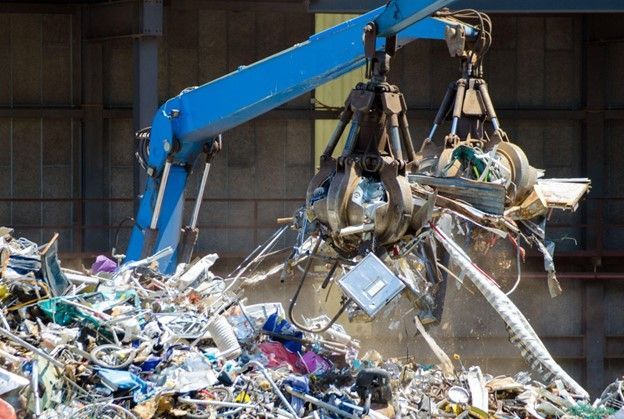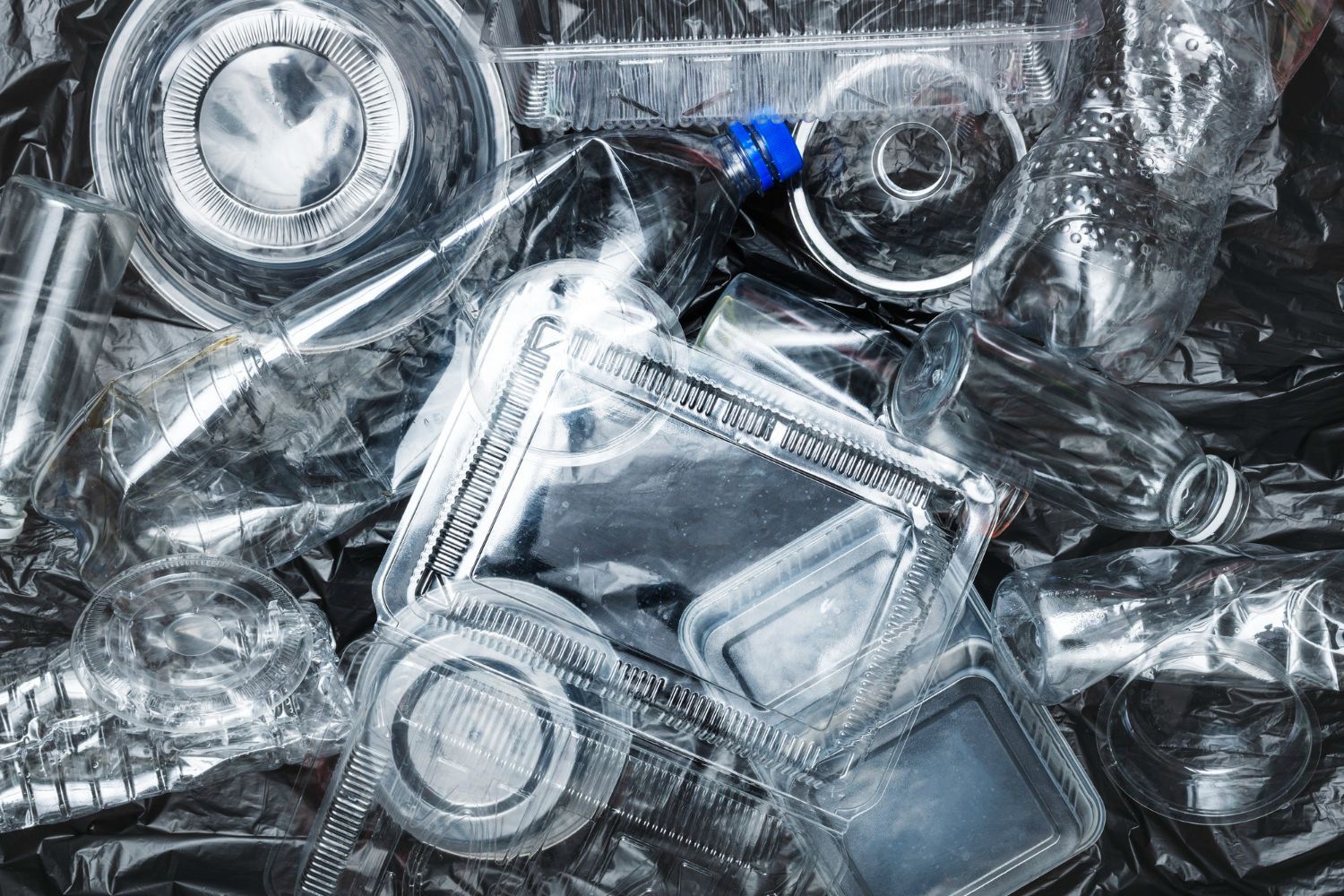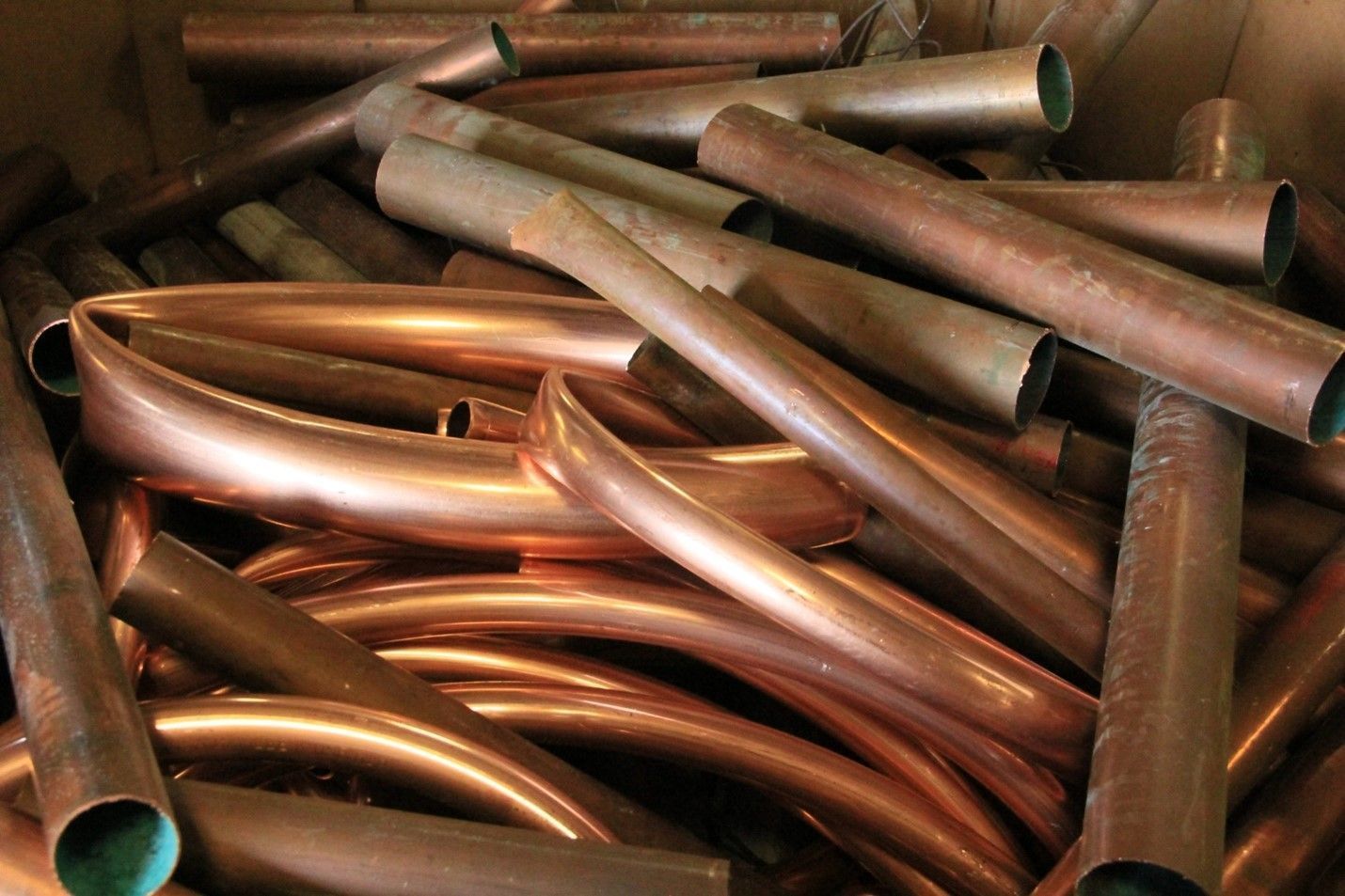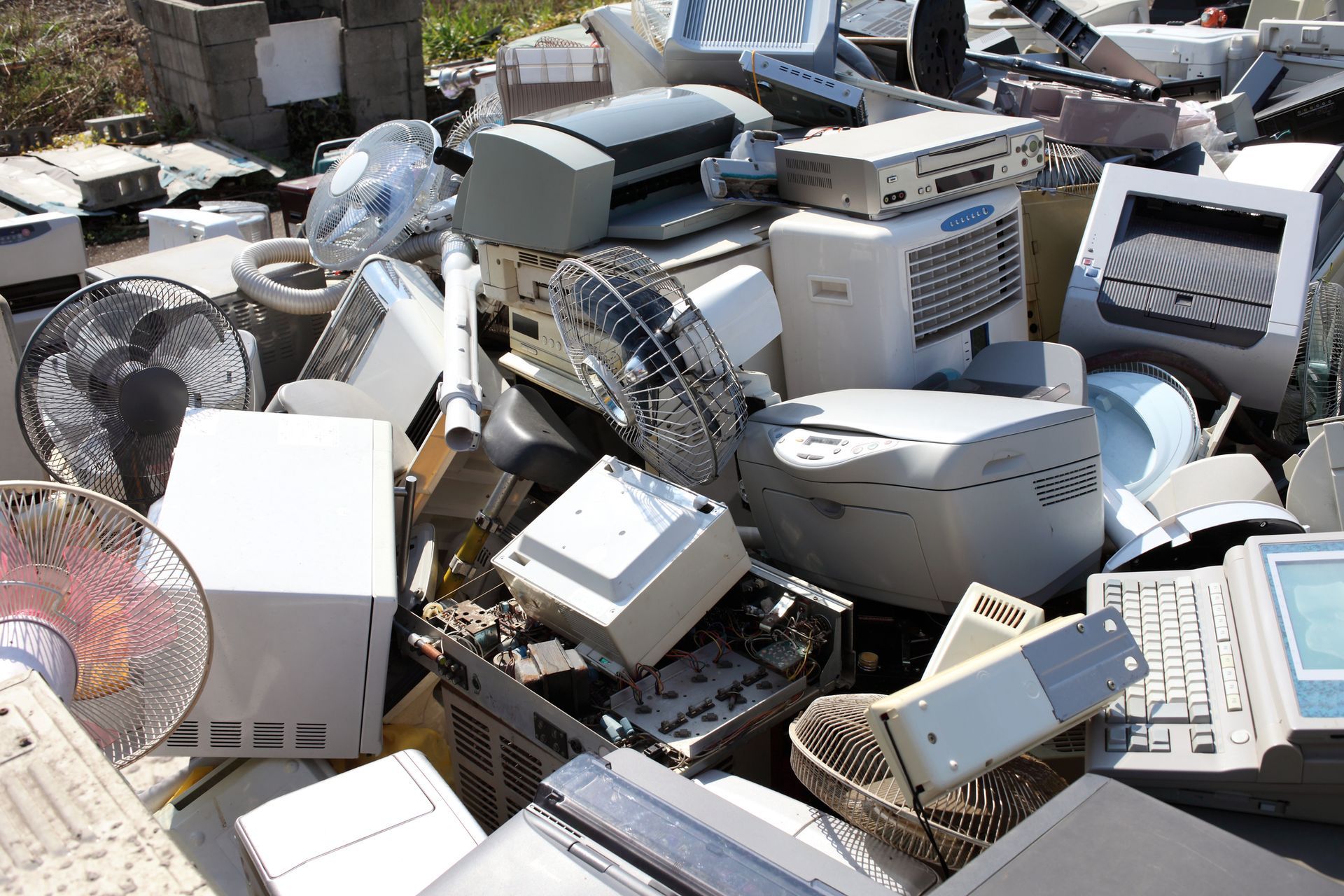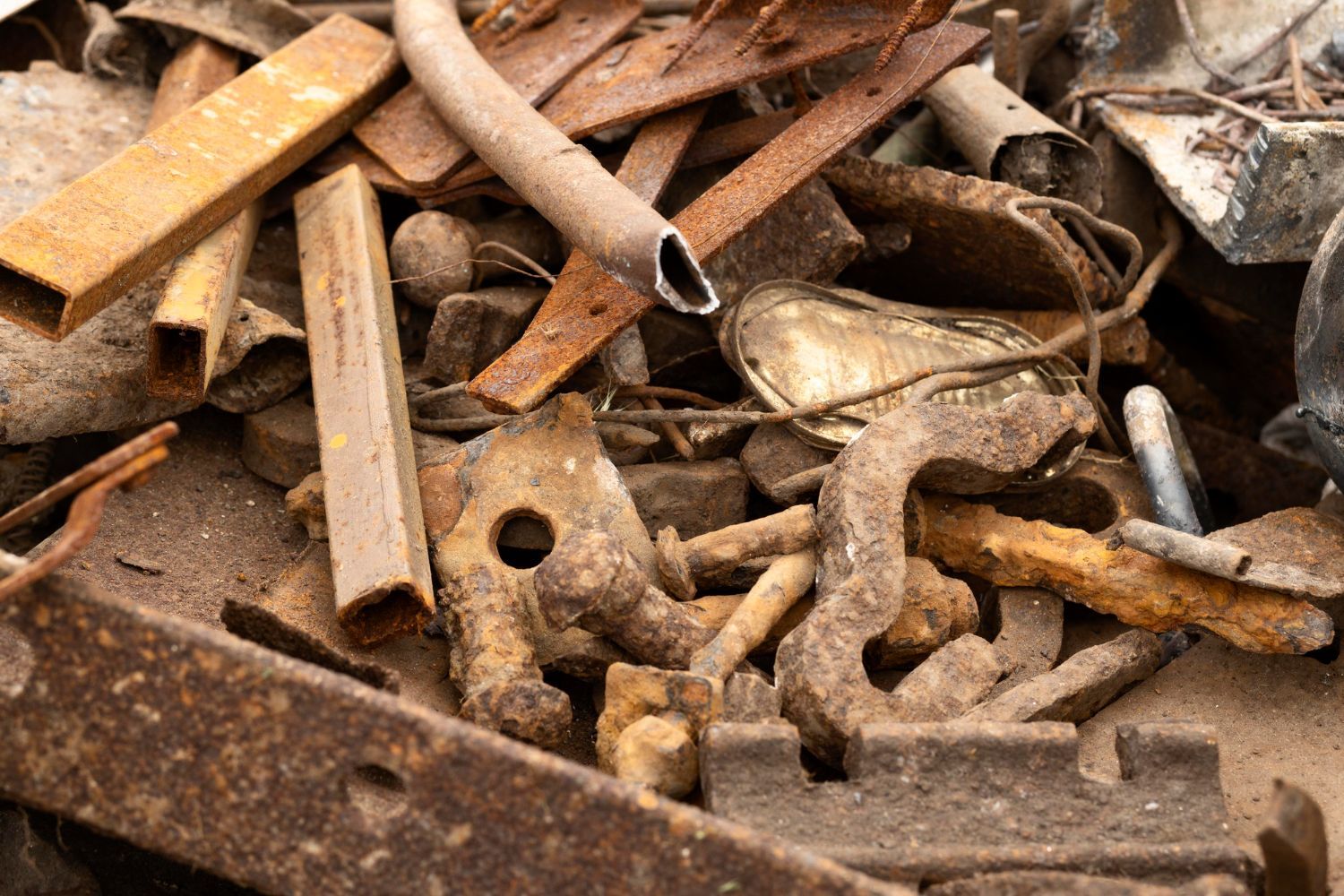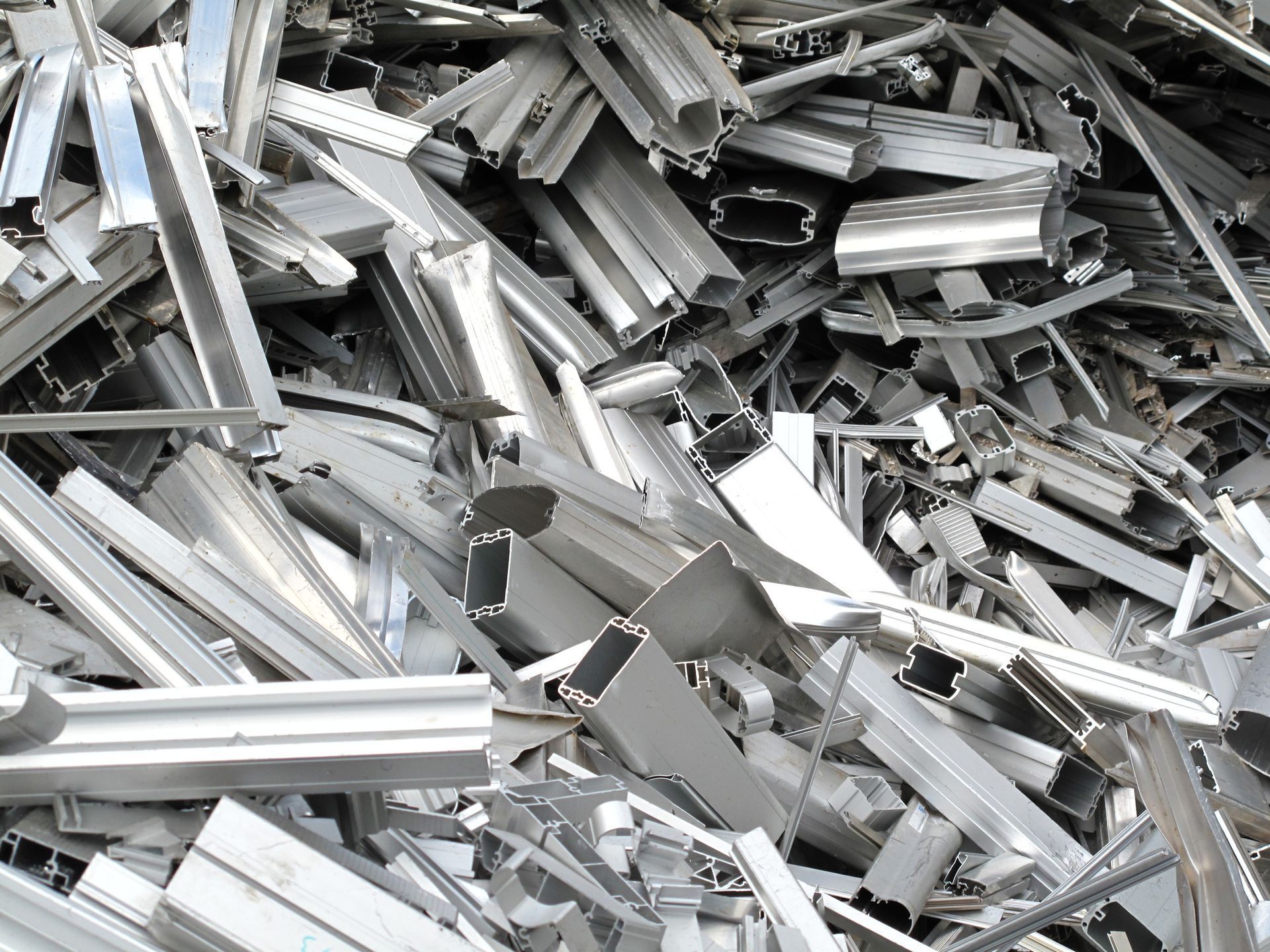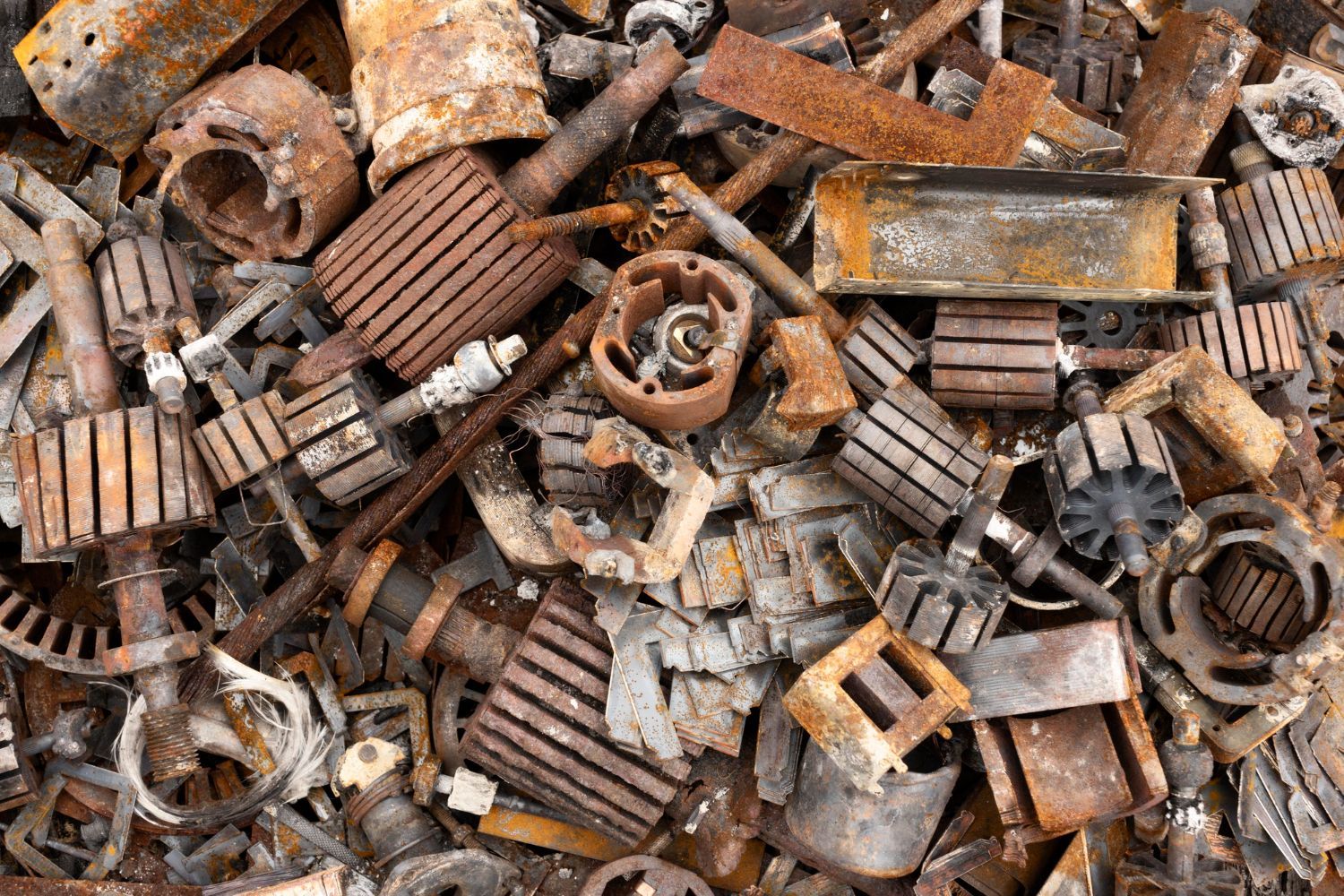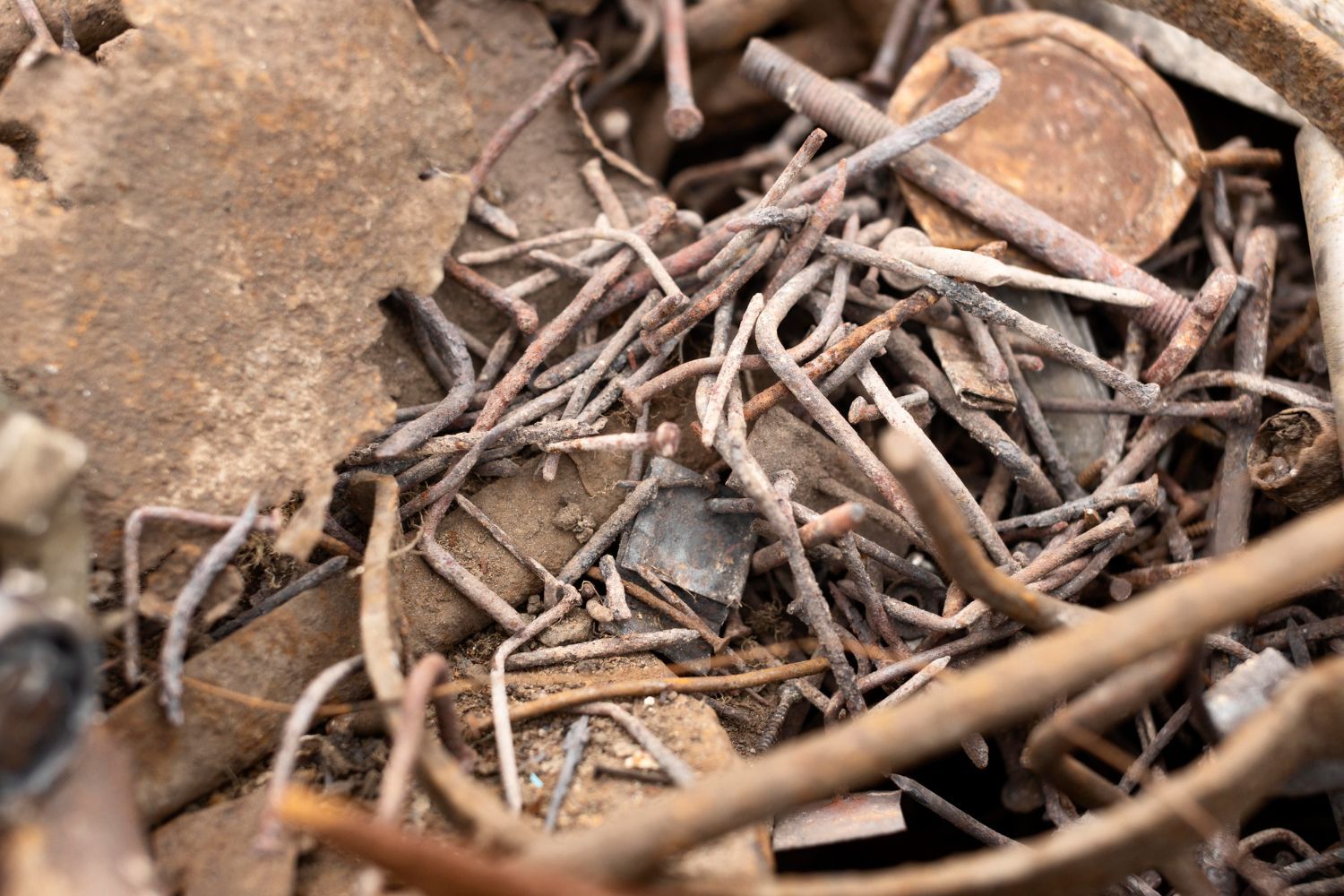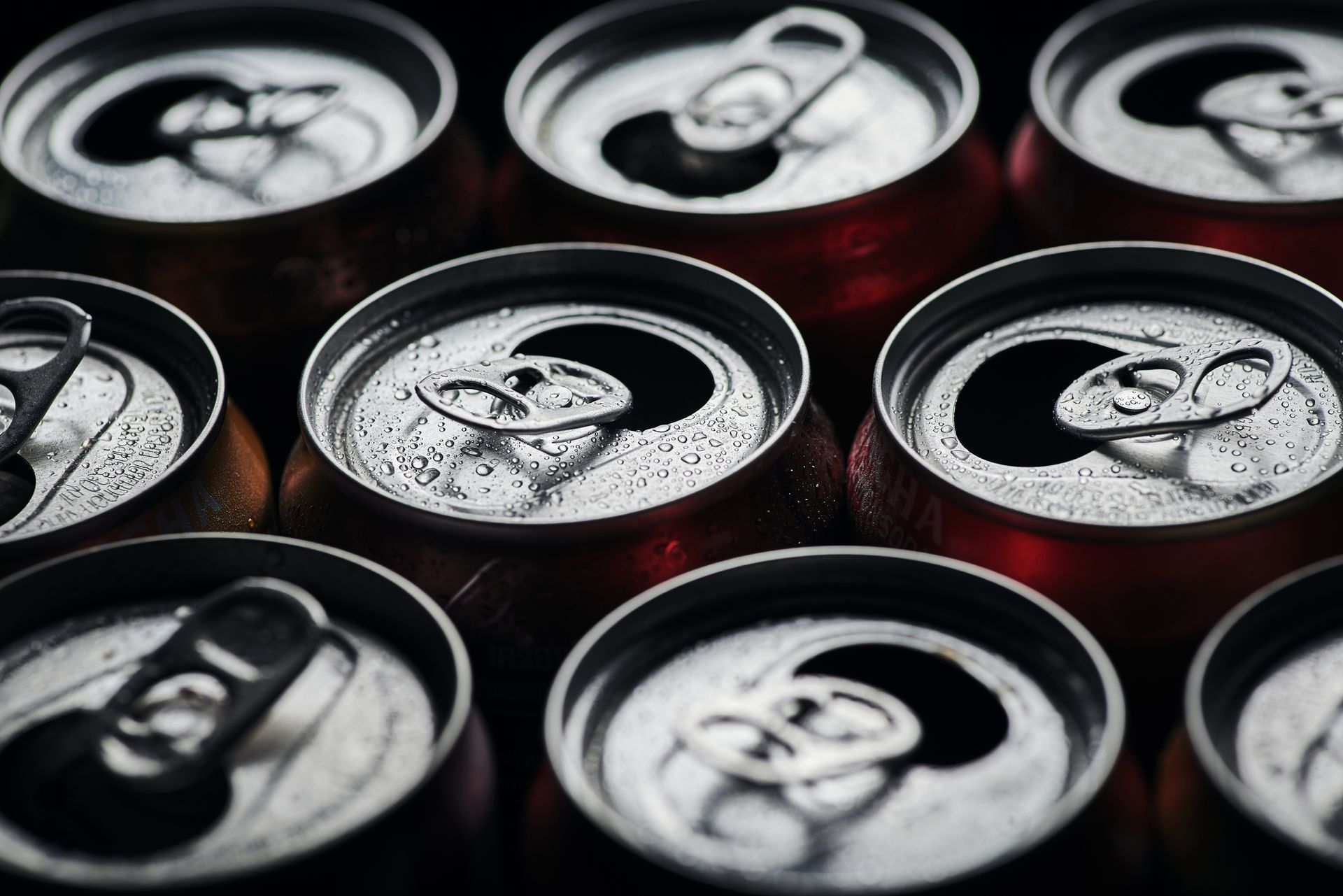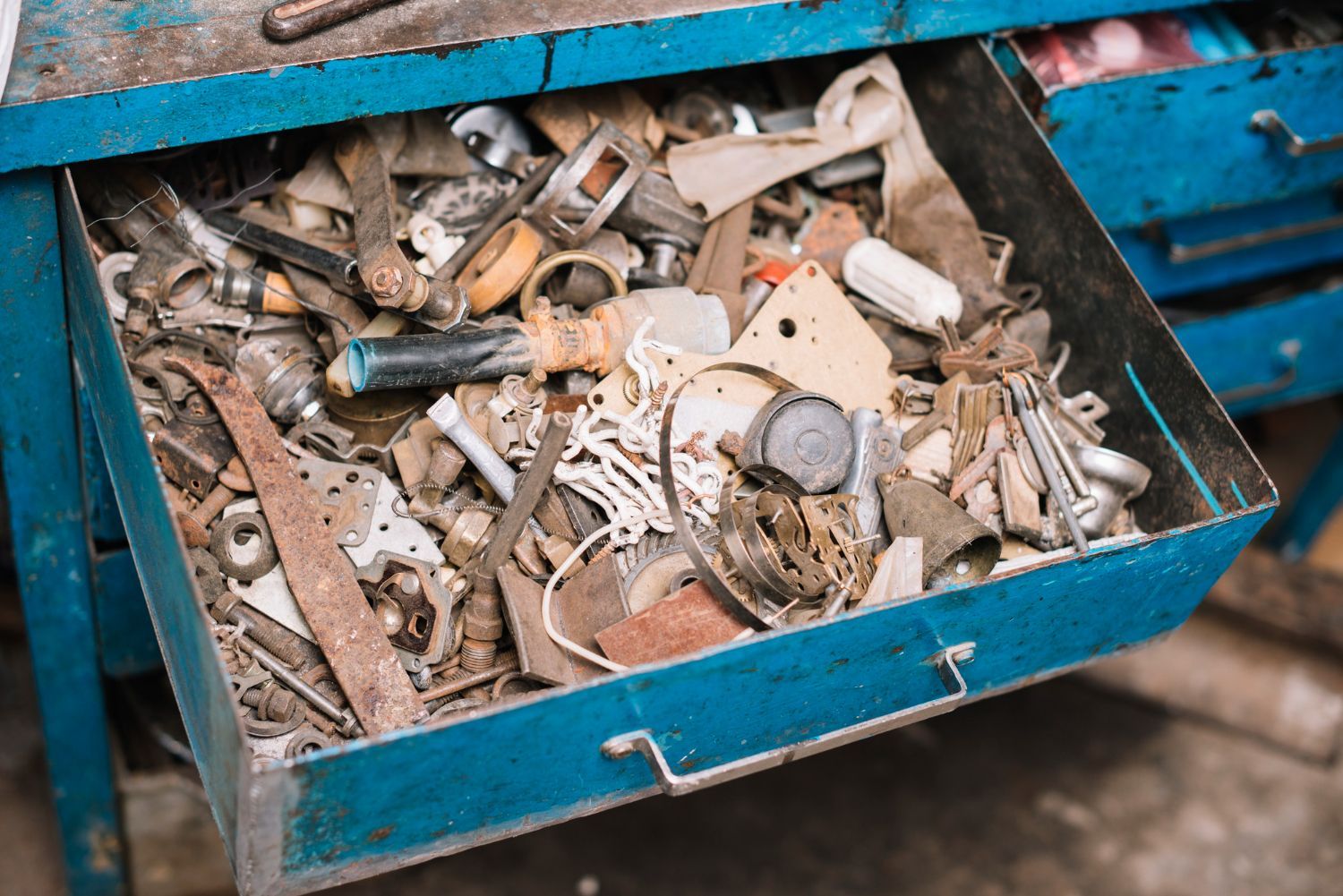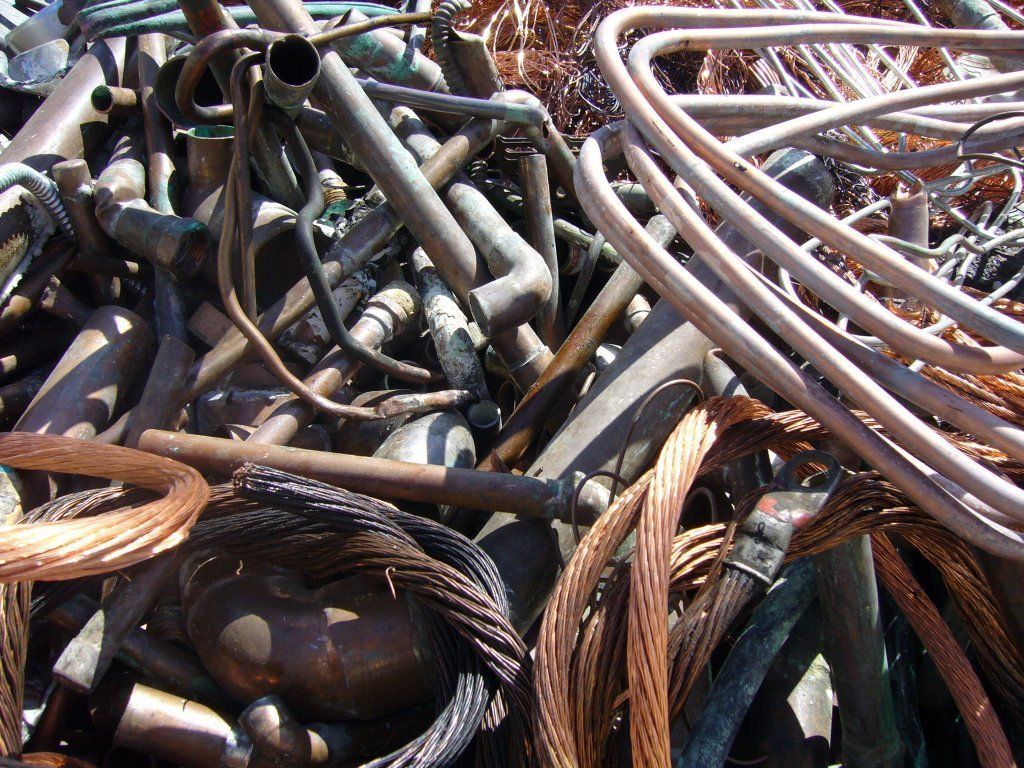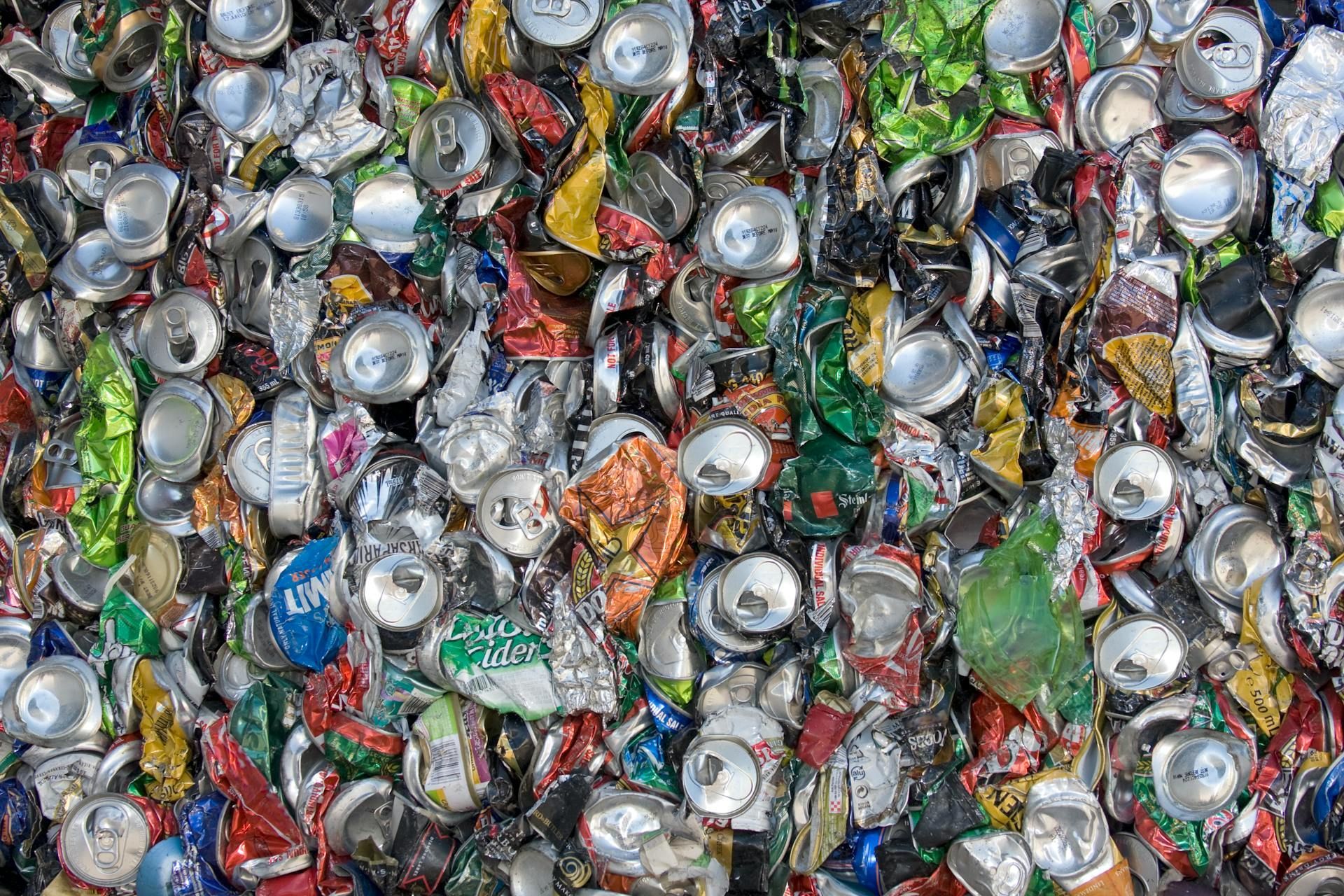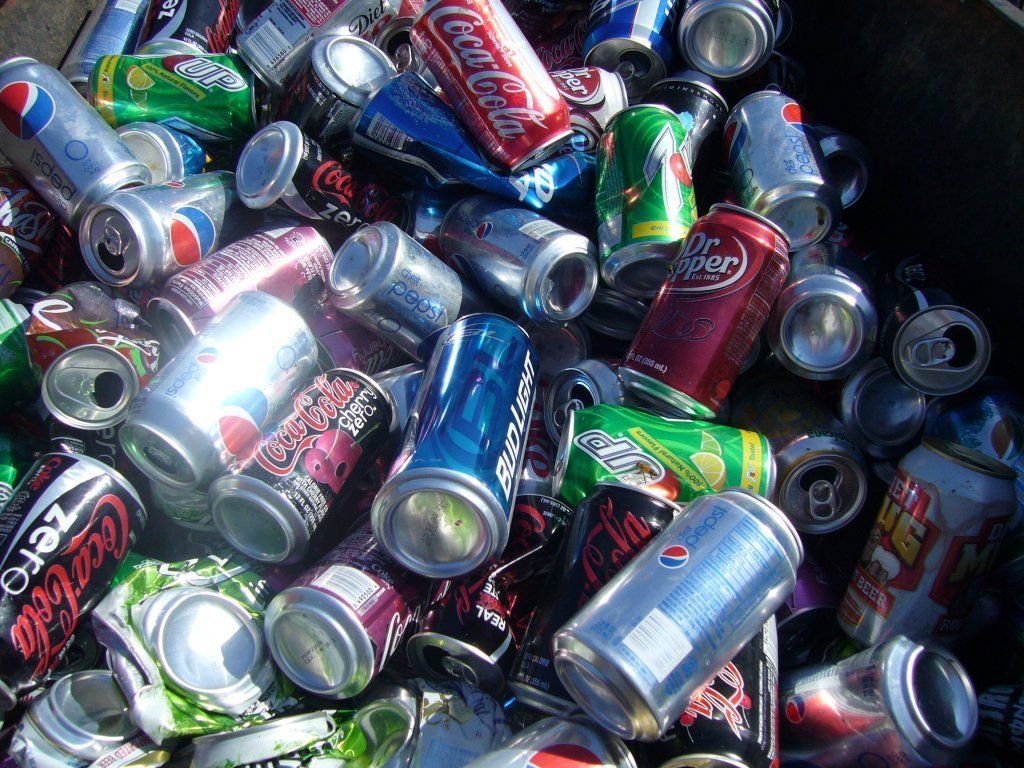Getting Your Money's Worth: A CRV Guide
If you live in California, you might be aware that every time you buy a beverage in a glass, bi-metal, plastic, or aluminum container, the container is eligible for recycling and you can get paid for doing it. On the label, you will see CA CRV or CA CASH REFUND wording. If you've ever wondered what this means or how you can take advantage of this benefit, read this blog to learn more about CRV recycling.
What Does CRV Stand For?
CRV means California Redemption or Refund Value. This means that the recyclable container you purchased has an attached regulatory fee (included in the price you pay to purchase the beverage) and you are eligible to get a little money back as a refund in return for recycling the bottle.
The CRV program began in 1987 as part of the California Beverage Container Recycling and Litter Reduction Act. More recently, CalRecycle, the Department of Resources Recycling and Recovery, has facilitated the program.
What Beverage Containers Are Eligible for CRV Recycling?
The beverage containers you can recycle for a refund depend largely on the type of beverage they contain. Glass, aluminum, bi-metal, and plastic bottles containing the following liquids are acceptable for CRV (provided they say CA CRV or CA CASH REFUND on the label):
- Beer
- Carbonated and mineral water
- Carbonated soft drinks
- Coffee and tea drinks
- Distilled spirit coolers
- Fruit juice (less than 46 oz.)
- Non-carbonated soft drinks and fruit drinks
- Sports drinks
- Vegetable juice (less than 16 oz.)
- Water
- Wine coolers
If you have any questions about whether your beverage containers are CRV redeemable, be sure to check the label. You should also be aware of what types of containers are not CRV eligible, including:
- Formula containers
- Milk cartons
- Medical food receptacles
- Non-beverage and food containers
- Spirit bottles (distilled)
- Wine bottles
If you're considering recycling your drink containers, be sure to carefully determine which beverage containers are eligible by staying informed.
How Much Can I Earn Through This Cash Incentive?
The current refund rates for your CRV-approved bottles and cans are:
- 10 cents for glass and plastic bottles or aluminum cans that are 24 oz. or larger
- 5 cents for glass and plastic bottles or aluminum can that are less than 24 oz.
Be sure to separate containers by material as you prepare to take them to a recycling center to cash in on your refund. Also be careful not to crush your bottles and cans before recycling, and remember you don't typically need to rinse them out as this will all be performed during the recycling process.
Has the Incentive Been Successful?
The CRV cash initiative has given many California residents the motivation to recycle their used drink containers. Since the program's inception, more than 300 billion beverage containers have been recycled. Each time another beverage container is recycled, natural resources are preserved, landfill lives are extended, and energy is conserved. The CRV program's recycling has also helped reduce harmful greenhouse gas emissions.
Each time a beverage container is recycled, the program proves its success. And as the Department of Resources Recycling and Recovery continues to set and reach new goals and educate and make the public more aware of recycling opportunities, the incentive will continue to grow and succeed.
How Can I Recycle My Bottles?
After you've enjoyed your refreshing beverage and sorted your various cans and bottles by material type, you need to find an approved recycling center. Once you take your used beverage containers to the recycling center, they can help you from there.
To learn more about CRV glass, plastic, and aluminum and to recycle your beverage containers and redeem your CRV refund, turn to Bruce Metal & Salvage.
